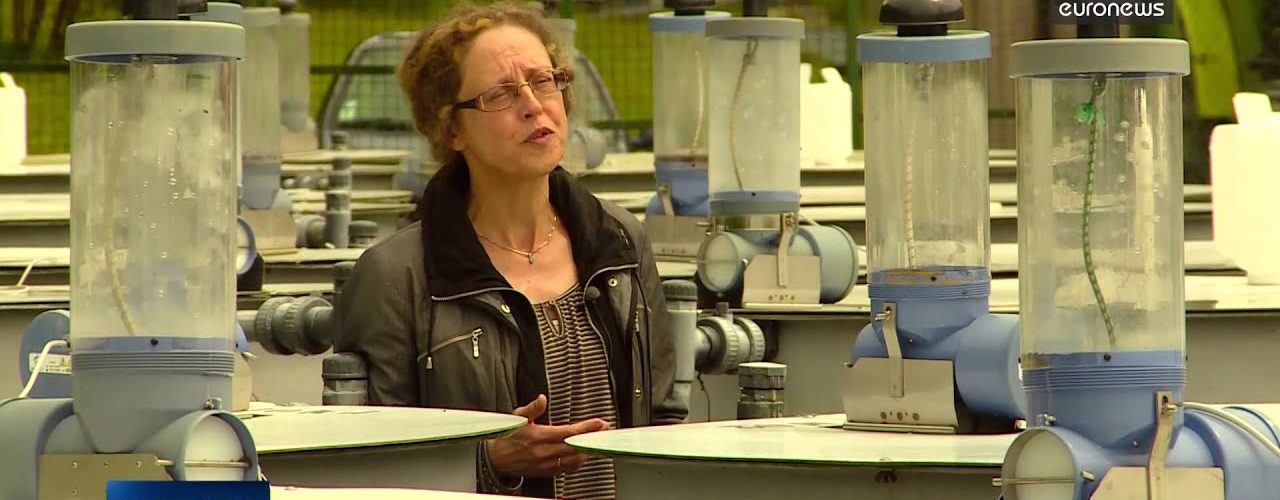One out of every two fish which we eat has not been caught in the sea but raised on a farm. Can aquaculture make fish tastier and more environmentally friendly?
An experimental fish farming facility near Brest in France is taking part in a European project to connect aquaculture research centres across the EU.
“Fish farming is a sector experiencing sharp growth. It has grown steadily more than eight percent per year throughout the world in the past 20 years. In the last 12 months it even surpassed beef production,”
explained Marc Vandeputte, researcher in fish genetics, and the project coordinator.
The global demand for fish is increasing, while ocean resources are at their limits. So what is needed is a sustainable way to produce more fish.
“As with any other animal production, fish farming consumes resources, particularly fish oil and meal. It has been highly criticsed because of that. The process also produces waste,”
added Marc Vandeputte.
Fish nutritionists and geneticists have managed to replace most of the meal and oil in fish diets with plant nutrients. Some fish in this project from the trout family are being fed on a strict vegetarian diet.
“We ve created a collection of what we call isogenic lines. Inside each line, all animals are twins; they are identical from a genetic point of view. This allows us to be particularly more efficient when we are doing our research work,”
said Edwige Quillet, researcher in fish genetics, INRA.
Various diets help to understand how the fish consume nutrients, and means the fat and texture of the fish meat can be controlled.
“We are looking to grow fish that are good, and consume less resources and fish that can thrive in farming systems which pollute the surrounding environment as little as possible,”
continued said Edwige Quillet.
Can we also make the lives of fish on these farms better?
At the Wageningen University in the Netherlands, researchers use the isogenic fish from France for an in-depth study of their metabolism.
“This research is not only how to feed the fish, but also how to feed the fish in a system to keep it environmentally friendly, for the surrounding as well, but also for the fish itself. It’s not steered at maximising growth, but it is to understand how fish are able to handle different types of nutrients,”
explained Johan Schrama, fish nutritionist, Wageningen University.
Researchers measure chemical changes in the fish water throughout the day. Then the water is passed through bacteria filters that remove the waste and add back the oxygen.
“We can use this information to design the water treatment system, because we know how much nutrients are not utilised by the fish, and how much of these nutrients have to be removed by the water treatment unit to be able to reuse the water again and again. This type of water treatment allows you to reduce the water consumption by the factor of 100 to 1000, if you compare that with flow-through systems,”
said Ep Eding, researcher in aquaculture and fisheries, Wageningen University.
With this research, scientists hope the fish of the future will be tastier, more affordable and environmentally friendlier.





